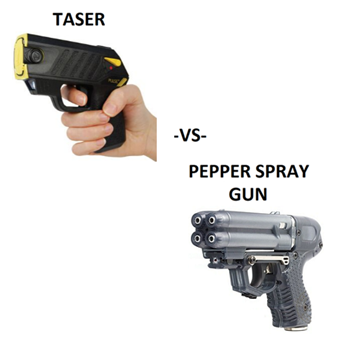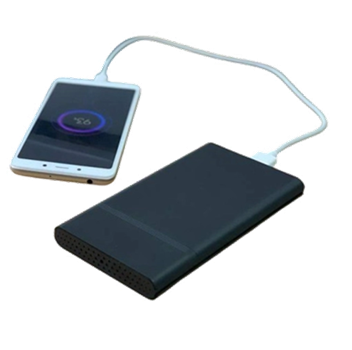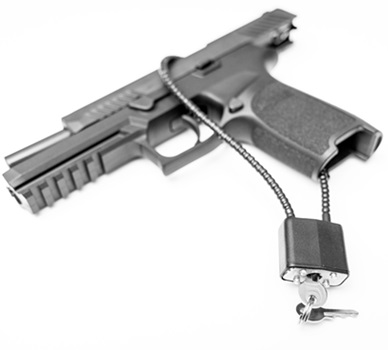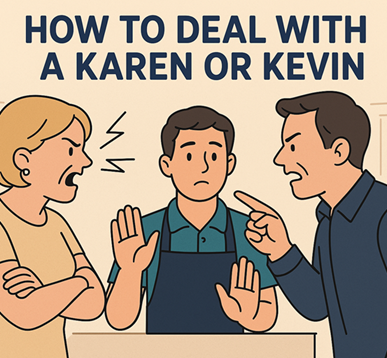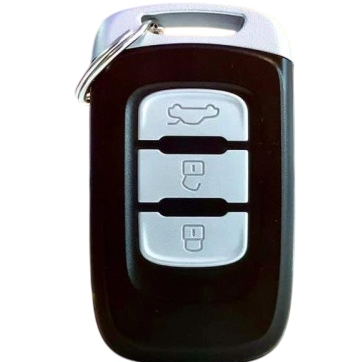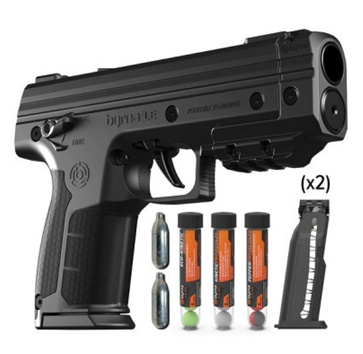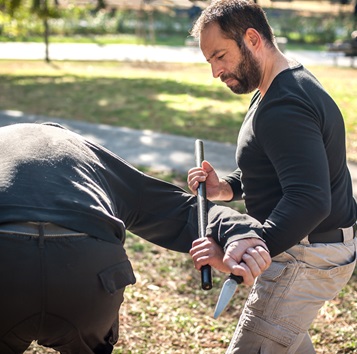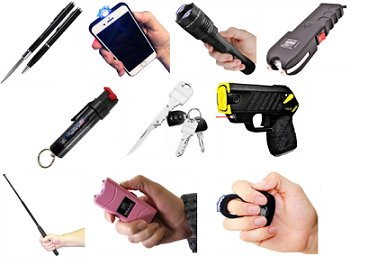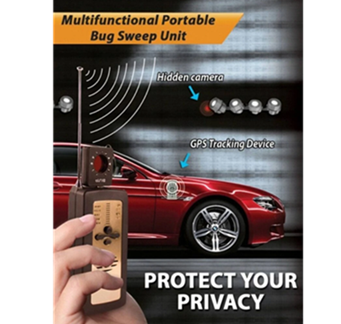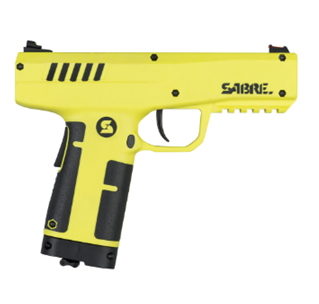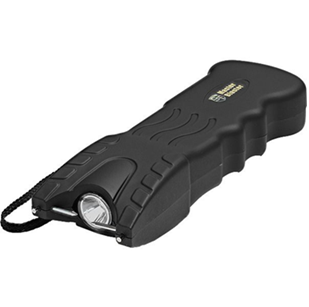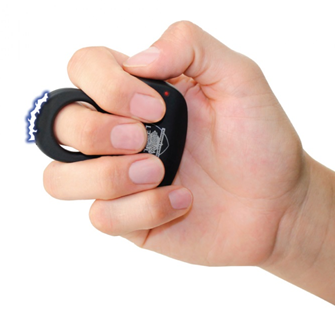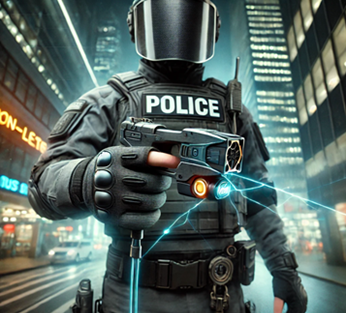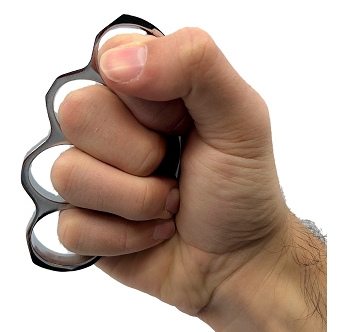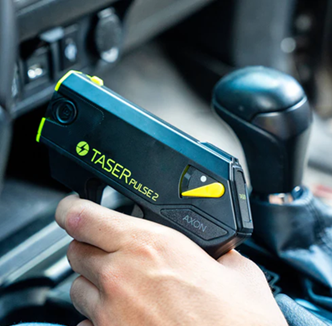How to Properly Use a Stick Baton for Self-Defense
 A stick baton, also known as an expandable baton or nightstick, is a powerful tool for self-defense when used correctly. Law enforcement officers, security professionals, and responsible civilians use batons as a non-lethal means of protection. However, proper training and technique are essential to using a baton effectively and legally. This guide will cover everything you need to know about selecting, carrying, and using a stick baton for self-defense.
A stick baton, also known as an expandable baton or nightstick, is a powerful tool for self-defense when used correctly. Law enforcement officers, security professionals, and responsible civilians use batons as a non-lethal means of protection. However, proper training and technique are essential to using a baton effectively and legally. This guide will cover everything you need to know about selecting, carrying, and using a stick baton for self-defense.
Choosing the Right Stick Baton
Before learning how to use a stick baton, it is important to select the right one for your needs. There are several factors to consider:
-
Material – Batons are commonly made of steel, aluminum, or composite materials. Steel batons offer durability and weight, while aluminum models are lighter but still effective.
-
Size – Batons range from 16 to 26 inches when fully extended. A longer baton provides more reach, while a shorter one is easier to carry.
-
Handle Grip – Look for a baton with a textured or rubberized grip to prevent slipping during use.
-
Opening Mechanism – Some batons extend with a flick of the wrist, while others require manual extension. Choose one that suits your comfort and skill level.
Legal Considerations
Laws regarding baton possession and use vary by state and country. Some areas restrict carrying a baton without a permit, while others allow open or concealed carry. Before purchasing a baton, check your local laws to ensure compliance. Improper use of a baton can lead to legal consequences, so always follow regulations and use the baton responsibly.
How to Hold a Baton
Proper grip and stance are crucial for effective baton use. Follow these steps to ensure control and readiness:
-
Grip the Handle Firmly – Hold the baton with your dominant hand, ensuring a secure grip with your fingers wrapped tightly around the handle.
-
Use a Ready Stance – Stand with your feet shoulder-width apart, slightly bending your knees to maintain balance.
-
Position the Baton – Hold the baton at a slight angle across your body to be ready for defensive or offensive maneuvers.
 Basic Baton Strikes
Basic Baton Strikes
Effective baton strikes target sensitive areas to disable an attacker without causing unnecessary harm. Here are some key striking techniques:
1. Forward Strike
-
Extend the baton and strike forward with force, aiming for the attacker's arm, leg, or shoulder.
-
Follow through to ensure maximum impact.
2. Backhand Strike
-
Swing the baton in the opposite direction, striking with the backside of the weapon.
-
Useful when an attacker is approaching from the side or behind.
3. Downward Strike
-
Bring the baton down in a powerful motion to target the collarbone, arm, or leg.
-
Effective for stopping an aggressive advance.
4. Thrust Strike
-
Jab the baton forward, aiming for the attacker's midsection or throat.
-
A quick and forceful thrust can create distance and prevent further attacks.
5. Leg Sweep
-
Sweep the baton low to destabilize an attacker’s footing.
-
This technique is useful for escaping dangerous situations.
Defensive Techniques
A baton is not just for striking; it can also be used defensively to block and redirect attacks.
1. High Block
-
Raise the baton above your head to block incoming overhead strikes.
2. Low Block
-
Position the baton downward to protect against kicks or low attacks.
3. Redirecting an Attack
-
Use the baton to push or deflect an attacker’s arm, preventing them from grabbing or striking you.
Situational Awareness and De-escalation
While a baton is a powerful self-defense tool, it should only be used when necessary. Avoid conflicts when possible and practice situational awareness to recognize and escape threats before they escalate. Verbal de-escalation and maintaining distance can often prevent physical confrontations.
Training and Practice
Regular training is essential to developing proficiency with a baton. Consider taking a self-defense course that covers baton techniques. Practice the following exercises:
-
Shadow Striking – Practice strikes in front of a mirror to improve form.
-
Target Training – Use a punching bag or dummy to simulate real-life scenarios.
-
Partner Drills – Work with a partner to refine blocking and counterattack techniques.
-
Reaction Drills – Improve reflexes by responding to simulated attacks.
Maintenance and Storage
To keep your baton in optimal condition:
-
Regularly Inspect for Damage – Check for cracks, dents, or loose parts.
-
Clean the Baton – Wipe it down after use to prevent rust and wear.
-
Proper Storage – Store in a secure location away from children and unauthorized users.
Conclusion
A stick baton is an effective self-defense tool when used correctly. By selecting the right baton, practicing proper techniques, and adhering to legal guidelines, you can enhance your personal security. Remember, the goal of self-defense is to protect yourself and escape danger, not to engage in unnecessary violence. Stay prepared, train regularly, and always prioritize safety.
See cost of stick baton
Company Info
Customer Service
Product Information
- TASER® and Stun Devices Regulations by State
- TASER® Safe Escape Product Replacement Guarantee
- TASER® Comparison Chart
- TASER® User Manuals
- TASER® Warranty Info
- Byrna Product Catalog
- PepperBall Manuals & Spec Sheets
- Pepper Spray Laws
- Air Gun Laws
- States that Restrict Automatic and Butterfly Knives
- Our Print Catalog




























